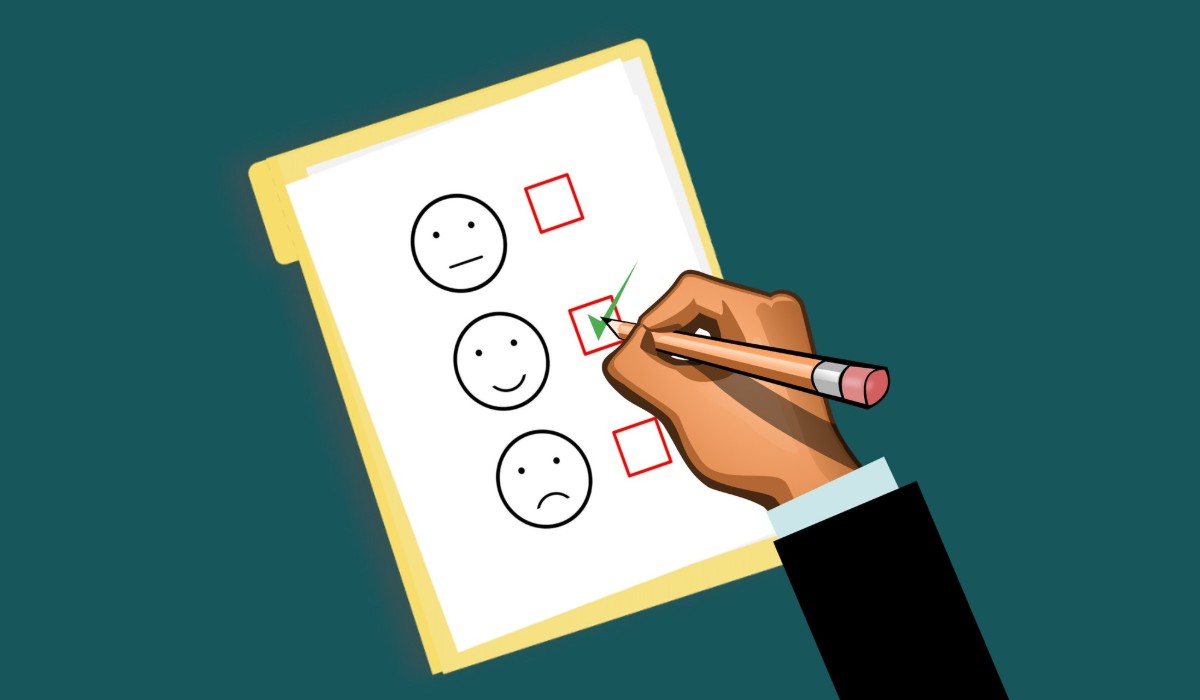ARTICLE SUMMARY:
The challenges and opportunities of leveraging patient-reported outcomes (PROs) to support device regulatory decisions are getting attention at FDA meetings this week. In this latest Market Pathways' Pick of the Week: some expert tips on PROs from consultant and former FDA reviewer Kevin Go.
[For a complete roundup of medtech policy happenings that should be on your radar this week, deeper analysis of the sector, and a comprehensive inventory of global medtech policy documents check out Market Pathways. If you don’t subscribe, sign up for a free trial.]
FDA and industry have been investing more and more resources recently into incorporating patient perspectives into device development and regulatory decisions. Gathering reliable information about patients’ assessments of health outcomes, quality of life, and other matters can add a new dimension to considerations like device risks versus benefits. But the effort requires refined patient-reported outcomes instruments, like questionnaires, diaries, and numeric rating scales, to objectively capture the feedback.
The agency is making a push to standardize company’s approach to leveraging PROs, first with a draft guidance on the topic issued in late August, and, this week, with a public (virtual) meeting bringing together stakeholders to talk about applying PROs to regulatory decision making. That workshop is happening Wednesday, one day after FDA co-sponsored a meeting with the International Society for Pharmacoeconomics and Outcomes Research on applying patient-preference information more generally.
 Market Pathways is closely following this topic; we recently collected tips on PROs by Kevin Go, a consultant from R&Q Solutions and a former lead reviewer at FDA. Below are three of Go’s considerations for what device regulatory teams should keep in mind regarding PROs. Check out the full Market Pathways ”From the Expert” article here.
Market Pathways is closely following this topic; we recently collected tips on PROs by Kevin Go, a consultant from R&Q Solutions and a former lead reviewer at FDA. Below are three of Go’s considerations for what device regulatory teams should keep in mind regarding PROs. Check out the full Market Pathways ”From the Expert” article here.
- Choose the Correct PRO for the Disease/Condition You’re Studying: “You want to make sure that the PRO you’re using is validated for the same patient population, healthcare environment, and that it incorporates important aspects of patient perspective that you want to be using to support your outcome, or potential labeling claims in the future,” says Go. PRO instruments have been qualified under the Medical Device Development Tools (MDDT) program as tools that medical device sponsors can use in the development and evaluation of devices. Qualification means CDRH has evaluated the tool and concurs with available supporting evidence that the tool produces scientifically plausible measurements and works as intended within the specified context of use. Go notes that some so-called “legacy” PROs may not be fully validated or qualified under the MDDT program but can still be used in a clinical study. As an example, he points to the combination clinician- and patient-reported American Orthopaedic Foot and Ankle Society (AOFAS) and American Shoulder and Elbow Surgeons (ASES) Scores. The orthopedics field has a long history of PRO use in clinical care.
- Utilize Existing PROs Instead of Developing New PROs, If Possible: Development of a new PRO can be very expensive, complex, and time-consuming. “If you can choose one that's already existing and is well-validated, you could save yourself a lot of money and headaches,” says Go.
- Consider Your Payor Requirements Early: Go notes that PROs are a good way to address both FDA and payor requirements. Especially as payors move towards value-based care, these instruments can be used to demonstrate which treatments produce positive outcomes. As part of this, and based on his prior experience working with the CDRH Innovation group and Payor Communication Task Force, Go suggests two helpful FDA programs: Parallel Review and Early Payor Feedback. The Parallel Review program is a collaborative effort intended to reduce the time between FDA’s marketing authorization and Medicare coverage decisions via CMS' National Coverage Determination process. The Early Payor Feedback Program is offered by CDRH as a voluntary opportunity for device sponsors to obtain payor input, including from commercial health plans, on clinical trial design or other evidence needs to support positive coverage decisions. “These programs allow you to invite those stakeholders to the table early during your pre-IDE meeting, and to help you build one robust clinical trial that satisfies all requirements,” he says.
![]() Trial MyStrategist.com and unlock 7-days of exclusive subscriber-only access to the medical device industry's most trusted strategic publications: MedTech Strategist & Market Pathways. For more information on our demographics and current readership click here.
Trial MyStrategist.com and unlock 7-days of exclusive subscriber-only access to the medical device industry's most trusted strategic publications: MedTech Strategist & Market Pathways. For more information on our demographics and current readership click here.
